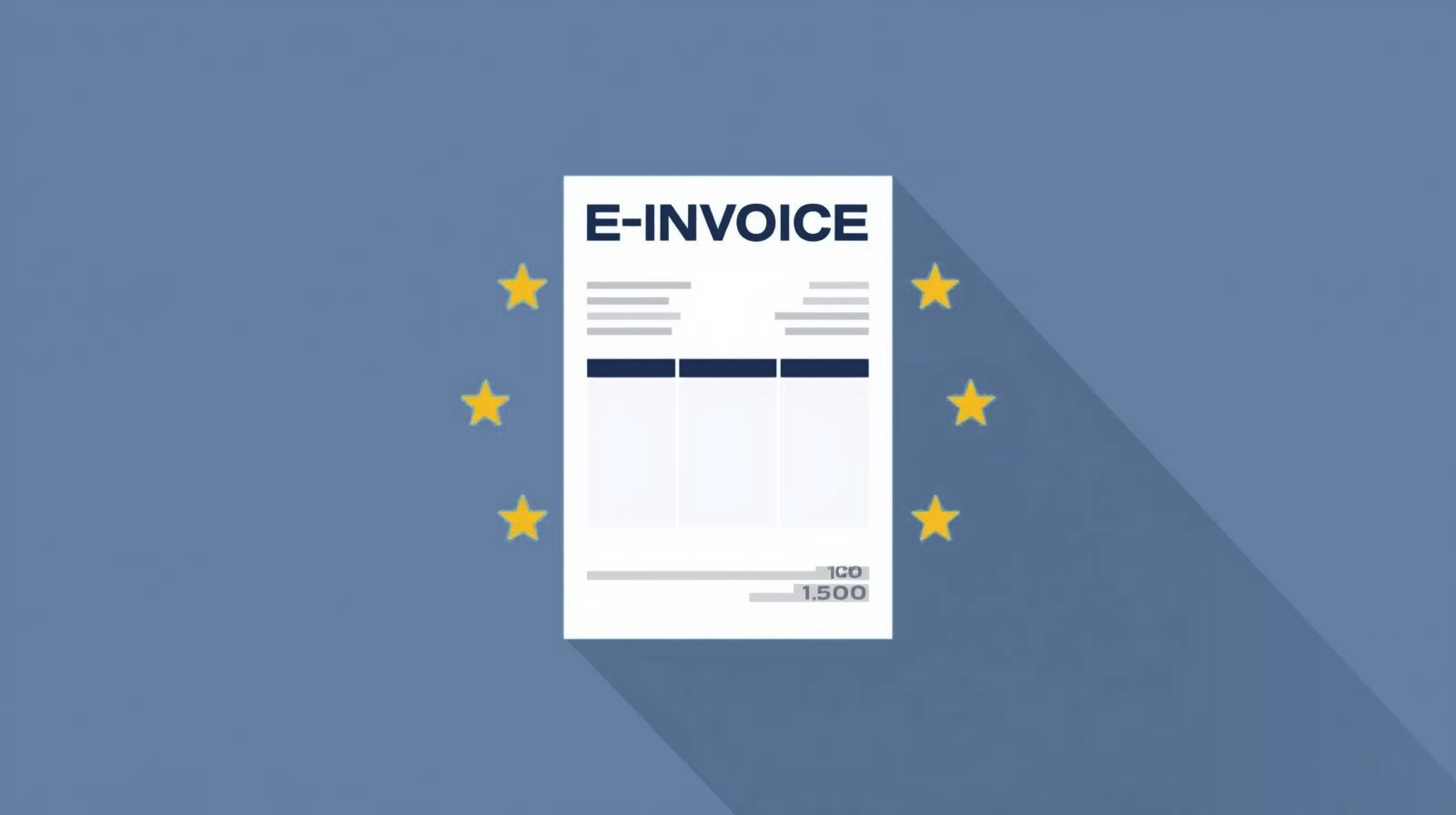the Tax base comprises the legal and factual circumstances that are used to calculate a tax. It is the basis for determining the tax burden and is recorded in the tax assessment notice. A direct challenge is not possible in accordance with Section 157 Para. 2 AO - only the entire tax assessment can be challenged.

Demarcation: The term is sometimes used synonymously with "assessment basis", but in tax practice it refers to overarching issues, while the assessment basis represents the specific calculation figure.
Examples of tax bases per tax type:
- value added tax: The basis of assessment is the Remuneration for one service (plus 19 % or 7 % VAT).
- Trade tax: The tax base is the Trade income in accordance with § 7 GewStG.
- Income tax: The tax base is the Taxable incomederived from the total of all income less special expenses and allowances.
- Corporate income tax: The tax base is the Taxable profit of the corporation.
- Inheritance/gift tax: the Enrichment of the acquirer after deduction of liabilities and allowances.
Estimation according to § 162 AO: If the taxpayer provides no or incomplete information, the tax authorities can estimate the taxable amount - including a penalty if there is a significant discrepancy.
Possible components of a tax base:
- Revenue: Inflows of cash or non-cash benefits
- Expenditure: Expenses or losses to reduce income
- Advertising expenses: Expenses to generate income (e.g. further training, travel expenses)
- Profit: Difference between income and expenses
- Sales revenue: Sales quantity × sales price - without deduction of costs
Procedure for determination:
- Separate statement: Tax bases are determined separately but bindingly (e.g. for permanent establishments in different tax office districts)
- Separate and standardised: For partnerships (e.g. GbR) → uniform distribution among participants
Procedure in the tax proceedings:
- Determination: Submission of the tax return by the taxpayer
- Determination: Check by the tax office, data synchronisation if necessary
- Fixing: Issuance of the tax assessment with underlying tax base
- Elevation: Request for payment or refund
- Execution: Coercive measures in the event of late payment
Related terms: Assessment basis, Tax assessment notice, Profit determination, Determination procedure, Revenues

Verifactu in Spain: the new invoicing obligation

The e-invoicing regulations in Europe

Versino Financial Suite V09.2025 for SAP Business One

Accounting outsourcing: Why it pays off for SMEs

CANDIS for SAP Business One
